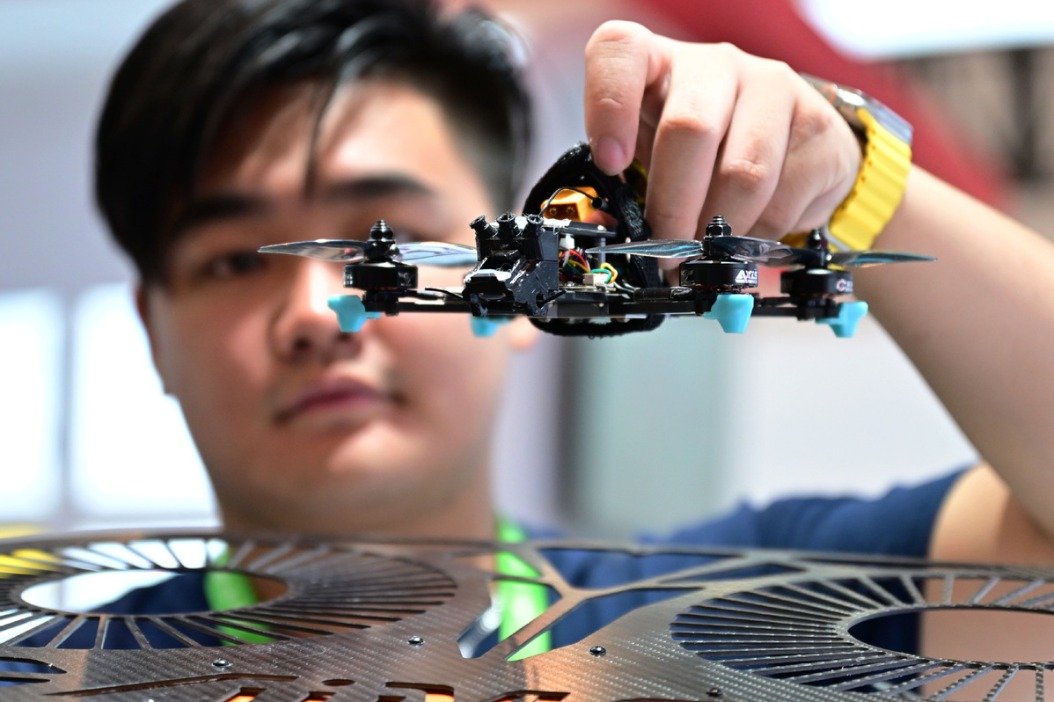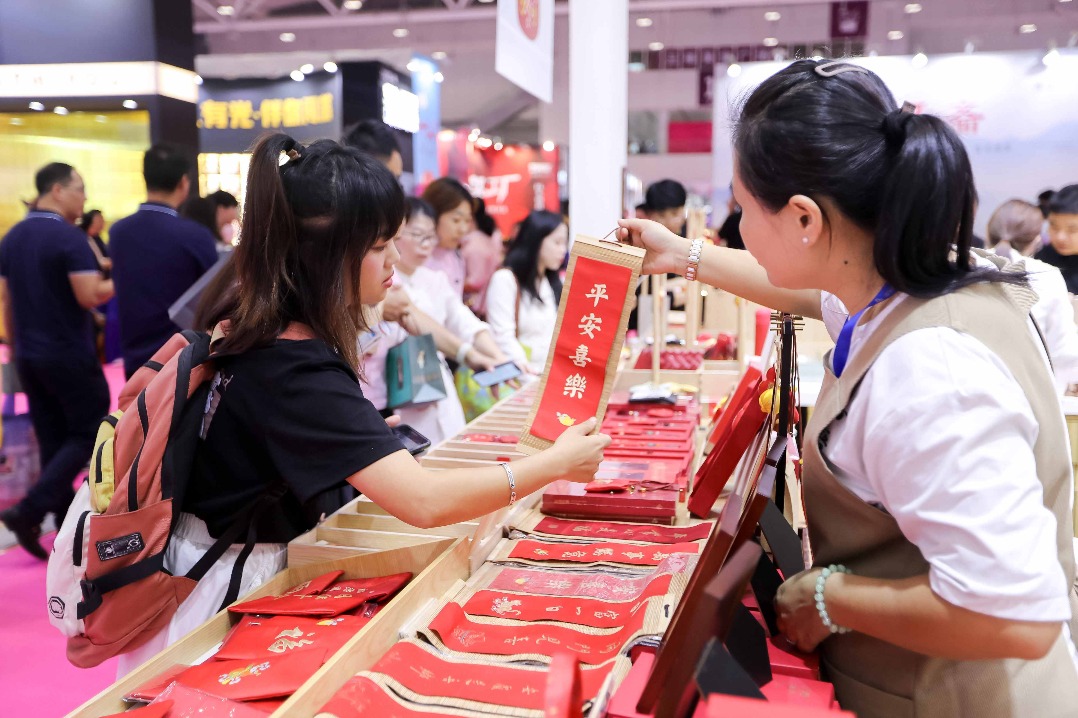Amid stable growth, food apps adopt high-tech to boost profits


The internet-based food delivery sector in China has entered a stage of stable growth. Companies in the sector are exploring more products and services, and adopting new technologies, to lower costs and boost profits, experts said.
Takeout sales in 2017 were estimated at 204.6 billion yuan ($32.5 billion), up 23 percent year-on-year, and much higher than 86.1 billion yuan back in 2014, which itself was up 71 percent on 2013, according to a report in January from Meituan Dianping, a dining information website.
This shows the pace of growth is no longer explosive, and has slowed, it said.
Two major food delivery players, Ele.me and Meituan Waimai, command 48.8 percent and 43.1 percent of market shares respectively, which leaves little space for newcomers, according to market consultancy Analysys.
Meituan's sales grew 2.9 times to 171 billion yuan last year, said Wang Puzhong, its senior vice-president.
The average price of a meal on Ele.me has crossed 40 yuan, a relatively higher level, data from the China Cuisine Association showed.
However, the two companies are yet to make a profit, said Yang Xu, an analyst with Analysys.
Yang also said internet-based food delivery platforms have multiple revenue streams in the form of commission from food suppliers like restaurants and takeouts, advertising, delivery fee and other value-added services like niche food delivery.
For instance, restaurateur Liu Ning, 28, has been selling low-fat meals through Ele.me and Meituan Waimai since October 2017. Monthly sales of his restaurant have reached about 100,000 yuan. He pays platforms a fee of about 10 to 17 percent of order price.
That may be because Liu's business may not yet be financially strong enough to afford an add-on like a delivery service, Yang said. Such services typically entail hiring of delivery drivers, corporate operations and investment in relevant technology, Yang said.
For their part, food service providers are trying to make the most of their resources like full-time deliverymen during non-peak hours. So, during certain time-slots before and after lunch and dinner time (11 am to noon and 5 pm to 7 pm), companies provide non-meal services. They have been delivering sweets, flowers, cakes, fresh food and medicines, according to Analysys.
The percentage of such orders is about 10 percent of the total, but the potential for growth is high, it said.
Ele.me even conducted trials with intelligent robots in late 2017, to improve deliverymen's efficiency and lower costs, Yang said.
All this innovation, and focus on consumer convenience, have helped expand takeout services to all cities in China, serving about 300 million users last year. The services are said to have even changed the eating habits of urban Chinese people, industry insiders said.
Xueying, 24, a public relations practitioner in Beijing, said she spent 20,000 yuan last year on meals online. She began relying on such home-or office-delivered food since her university days in 2013.
"I want to save time instead of going out and fetching food. I can use the same time to do something I like, such as watching TV," she said.
Typically, she orders her favorite beef noodles, spaghetti and braised chicken rice. On occasion, she also orders pills. "I've put on weight, about 5 kilograms every year, just by sitting and waiting for the meal. I know this is not good for my health, but the habit is hard to change."
She said she is keen to buy a pot to make porridge. "My family is worried I may get ill if this continues."
Li Nan, 37, a producer of mobile games, said most of his colleagues would order food online and eat sitting around the office pantry table. Occasionally, they order online from restaurants offering discounts.




































